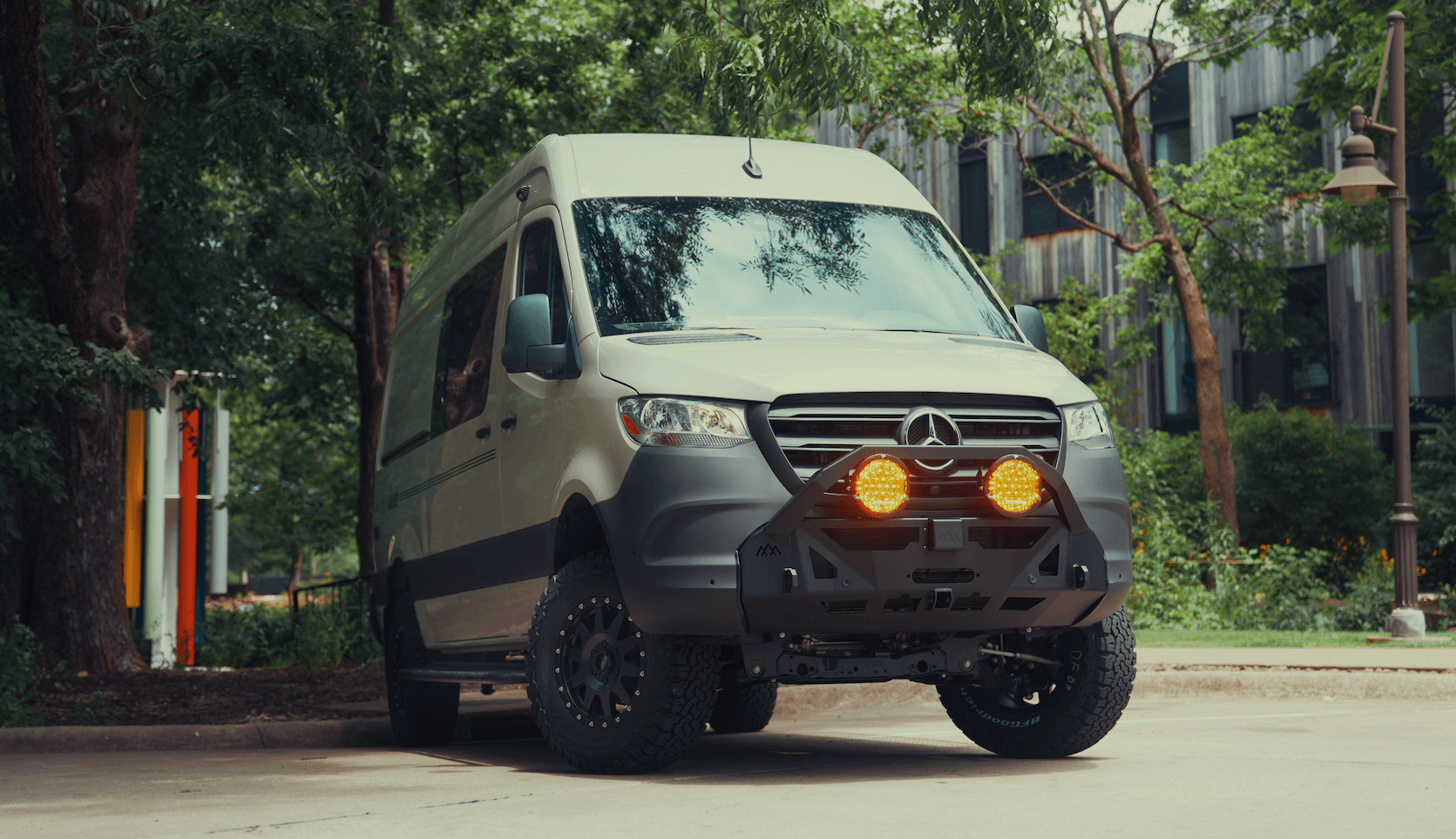Recreational Vans

Light drives camper van photography. Golden hour wraps panels with soft direction, shapes body lines, and keeps skies colorful without clipping highlights. If you must shoot at midday, park the van so the sun skims across the side instead of blasting straight on, or move into open shade to calm reflections. Overcast days are a gift for interiors and glossy paint because the clouds act as a giant diffuser. Night scenes ask for intent. Expose for the environment first, then add small practicals inside the van to create pockets of warm light that pull the eye.
Pay attention to reflections. A circular polarizer tames windshield glare and lets you see through glass without washing out the dashboard or cabin. Rotate it while looking through the viewfinder until reflections soften but color stays rich. When backlighting, step a few feet to find a clean rim along the van’s edges and meter for the highlights. If the sky is far brighter than the land, bracket exposures for a natural blend later.
A great frame answers three questions at once. Where are we. Who is here. What is happening. Use foreground elements like grasses, rocks, or campsite details to anchor the scene and lead into the van. Keep the horizon straight and place it with purpose: low for big skies, higher when the terrain matters. The van looks dynamic when turned slightly away from camera, front quarter toward the lens. This angle shows grille, side, and roofline in one tidy shape.
Tell the travel narrative through sequence. Start with a wide establishing shot that shows the environment and parking position. Move to a medium frame of the living zone like doors open, cooktop steaming, or bikes mounted and ready. Then collect details that carry texture and sound in a still image: a coffee pour, worn trail map, dust on the step, hands latching a cabinet. People bring scale. Ask your subject to move slowly rather than pose. A step, a glance, a reach for the faucet makes the scene feel lived in.
Color choices matter. Keep the palette consistent across the set by shooting with the same white balance and avoiding mixed light, especially inside. If tungsten cabin lights clash with blue dusk, add a small warm light outside the door or wait until the sky deepens to a neutral tone. Simplicity wins. Clear stray items, coil cables, and align gear so lines look intentional.
Interiors can go flat if you blast them with a single light or push ISO too high. Open doors or windows to create directional light and pockets of shadow. Expose for the faces and counter surfaces, then let the darker corners stay moody for depth. A wider lens around 16 to 24 millimeters on full frame makes small spaces breathe, but keep the camera level to avoid stretched lines.
Use slower shutter speeds, like one thirtieth to one sixtieth, to show motion when someone walks through the scene or a flag flutters. For rolling shots, secure the camera, choose a safe location, and pan with the van at around one thirtieth for a sense of speed while the vehicle stays sharp.
Aim for clean contrast and accurate color. Lift shadows sparingly so the van retains shape. A touch of clarity and a calibrated camera profile will bring back panel definition without crunchy edges. Keep skies believable and avoid oversaturation that turns dirt to neon. Consistency across the set is more important than any single heroic frame.
You do not need a massive kit to make strong camper van photography. A wide zoom handles interiors and landscape frames, while a short telephoto compresses mountains and cleans up busy campsites. A lightweight tripod helps with blue hour and starry scenes. Pack a polarizer, a small LED panel, and extra batteries. Shoot RAW for flexibility.
Baseline settings:
A reliable shot list keeps you from missing key moments:
If you are documenting a build or creating content for a brand, plan the route to mix terrain styles. Desert, forest, water, and town scenes give the gallery range. Scout sunrise and sunset angles with mapping apps so the van sits in good light when you arrive.
Strong rigs make better pictures because function shapes the way you move and live around them. Layouts that flow, storage that opens cleanly, and lighting that feels natural all translate directly to the camera. If you want a van that photographs as well as it performs, explore the platforms and custom options at recreational vans, or dig into a fully tailored path with our custom build van process. Looking for a finance friendly base to start from. See our mainstream vans lineup.
Ready to turn your road images into a true story. OZK Customs builds adventure ready vans that look right on camera and work hard off grid. Tell us how you travel, what you want to capture, and we will design a platform that makes every frame easier. Submit your details and let us map the next step with you.
Ready to turn your road images into brand level visuals and document your build the right way. Tell us how you travel, and we will plan a van that looks great on camera and works even better in the wild. Start your custom path with OZK Customs today.
ADDRESS:
6159 E Huntsville Rd, Fayetteville, AR 72701
PHONE:
(479) 326-9200
EMAIL:
info@ozkvans.com